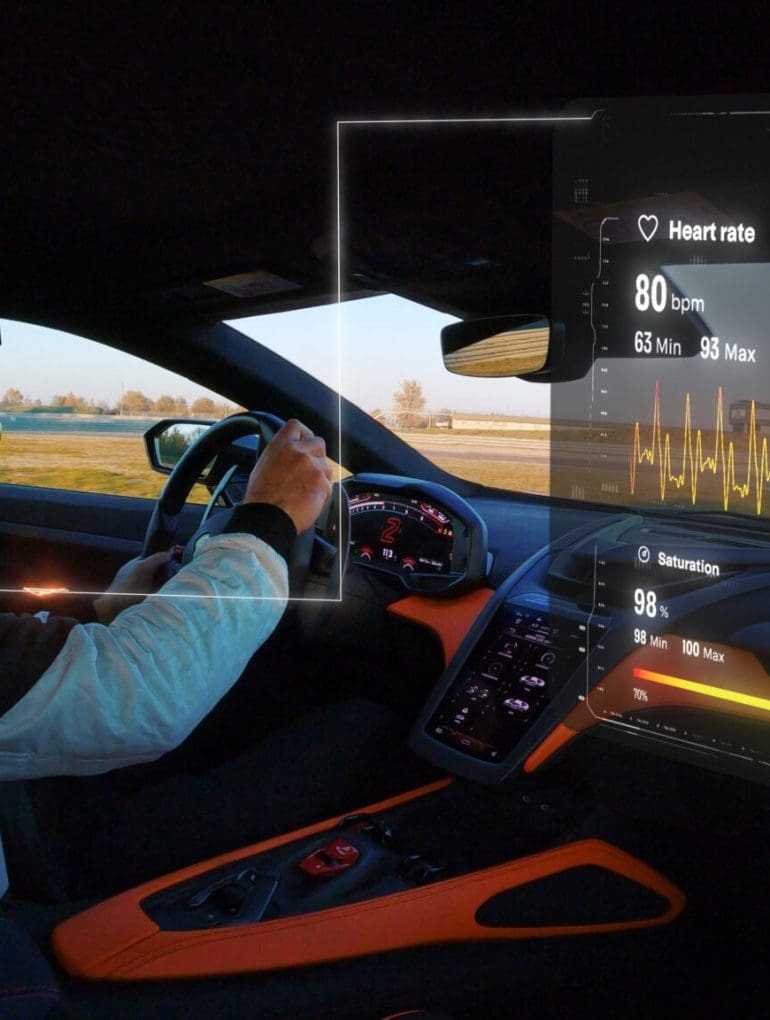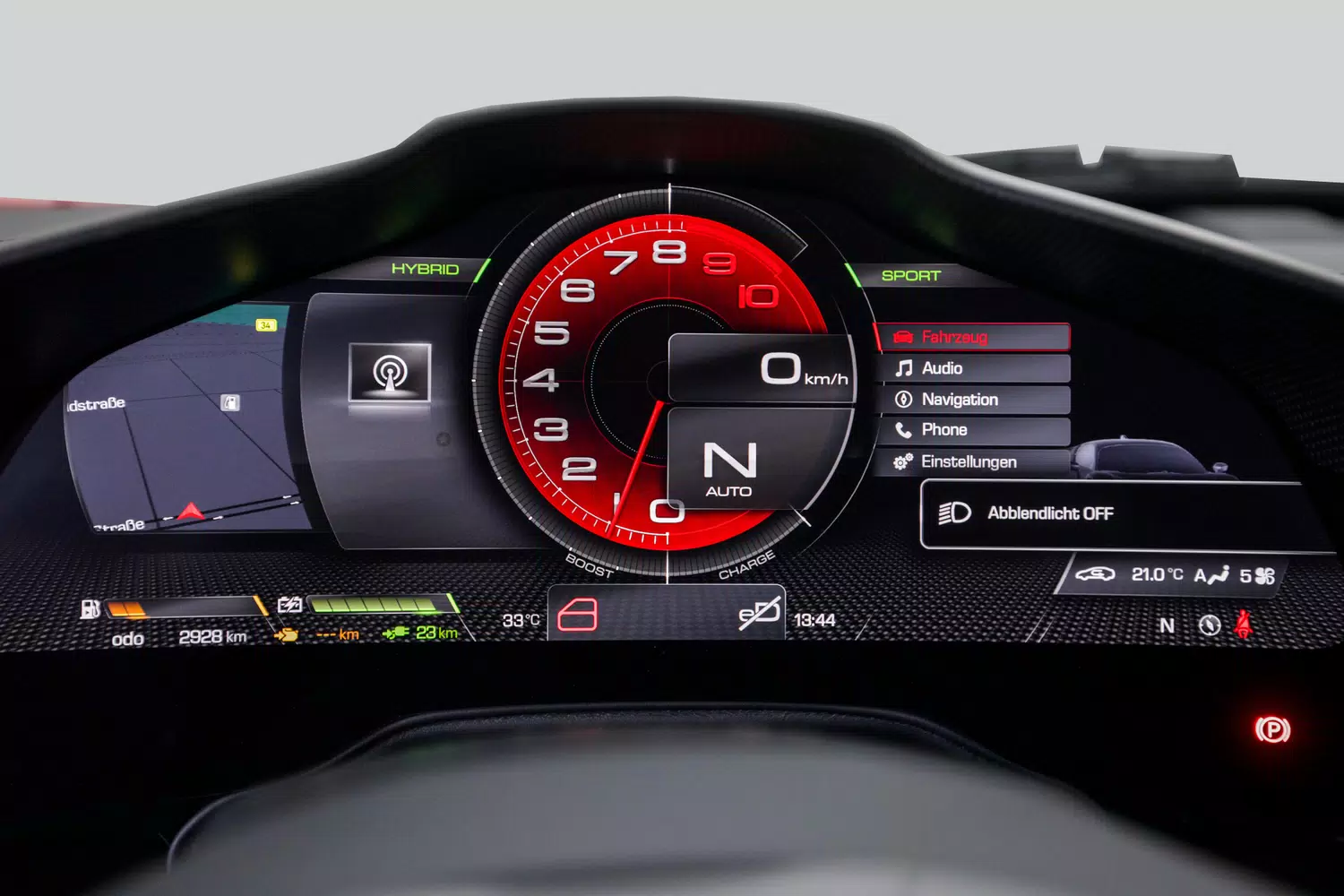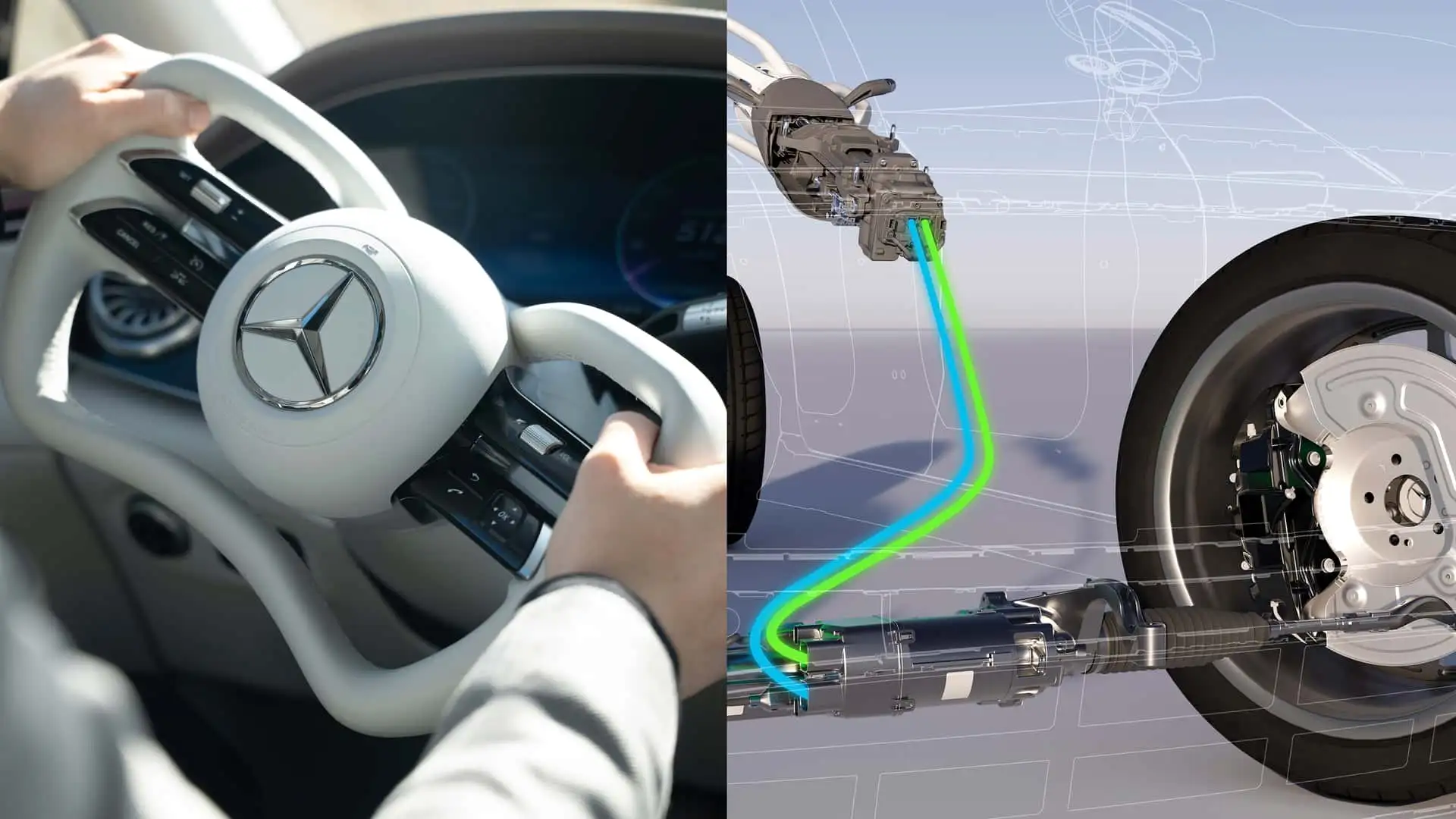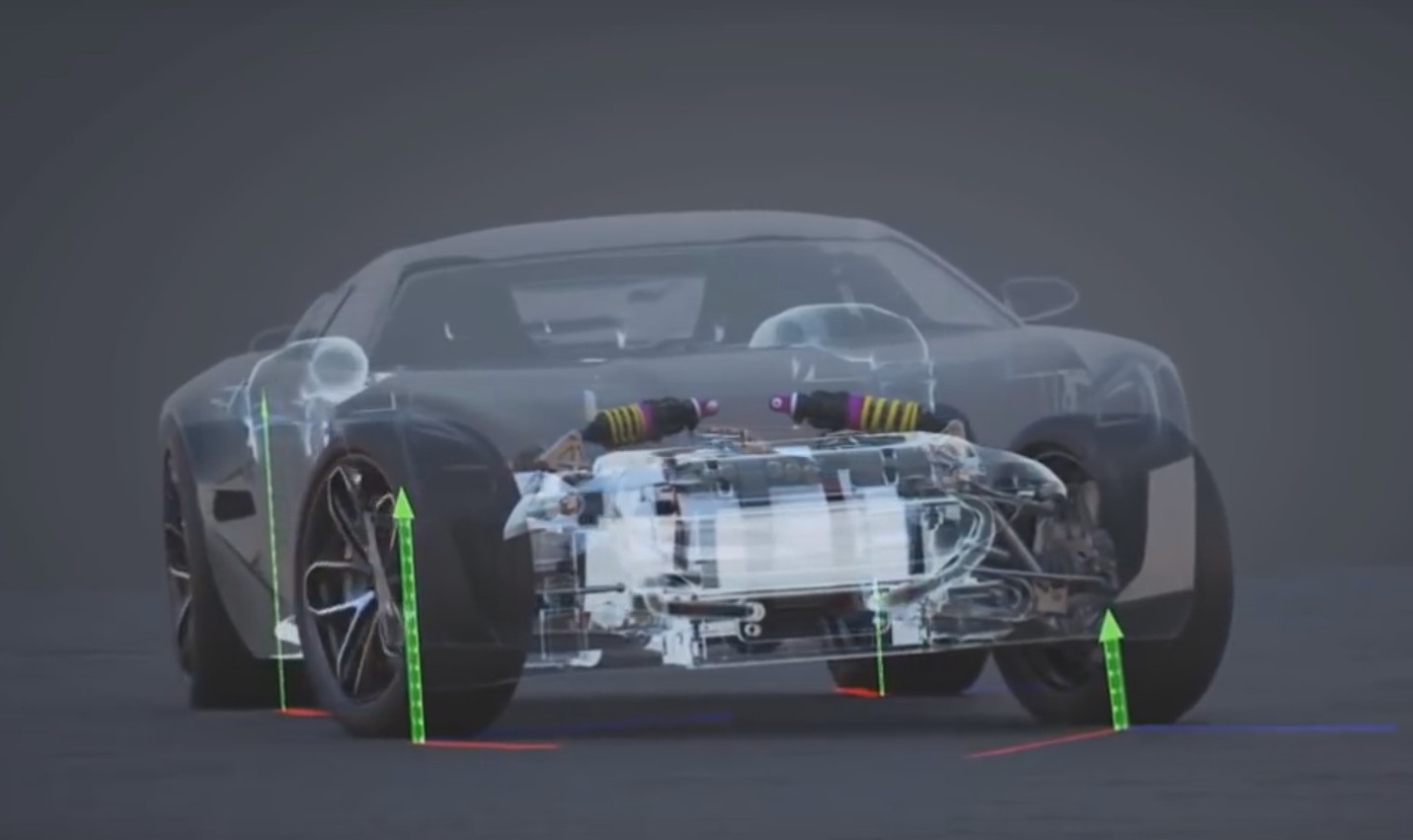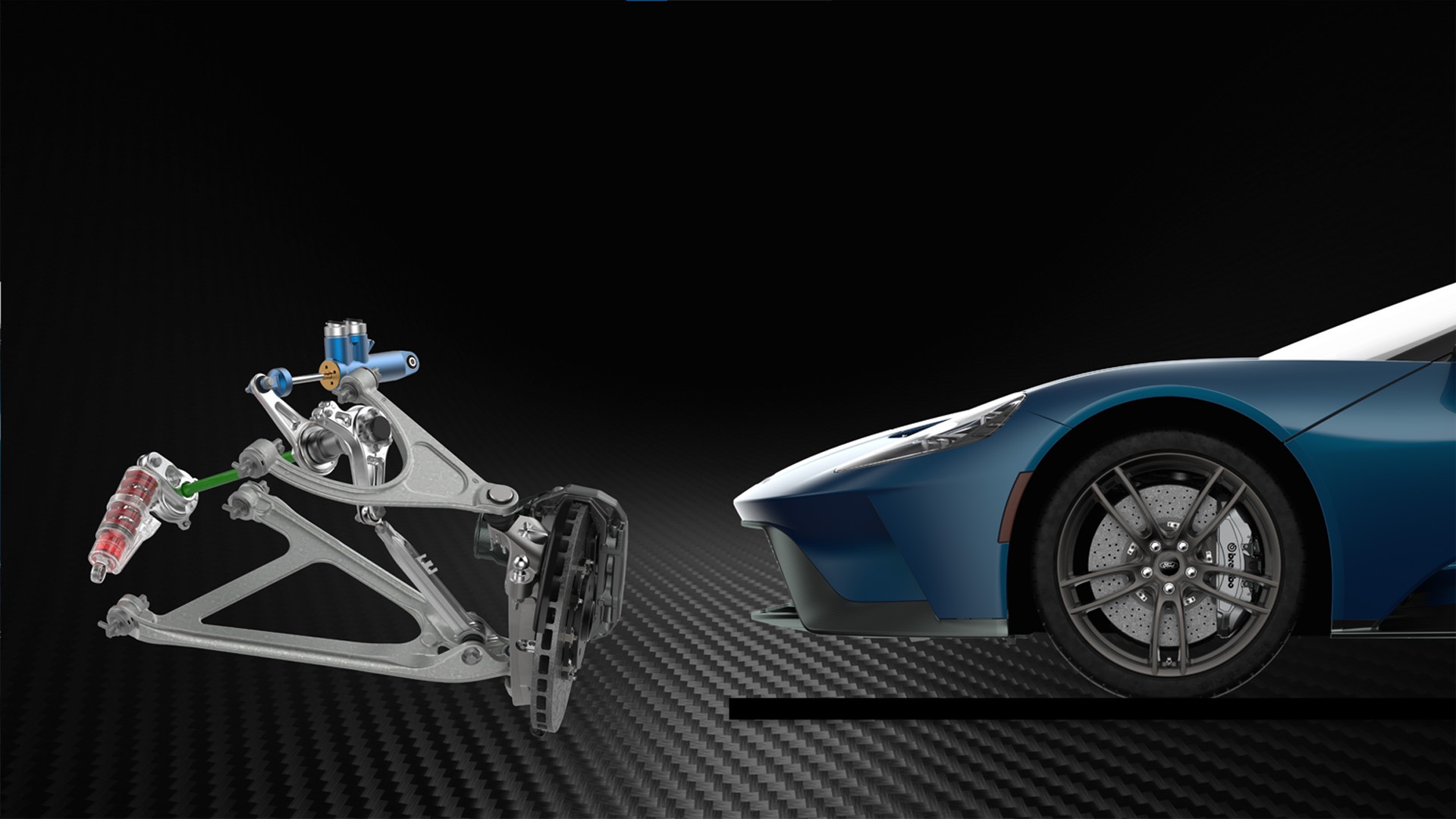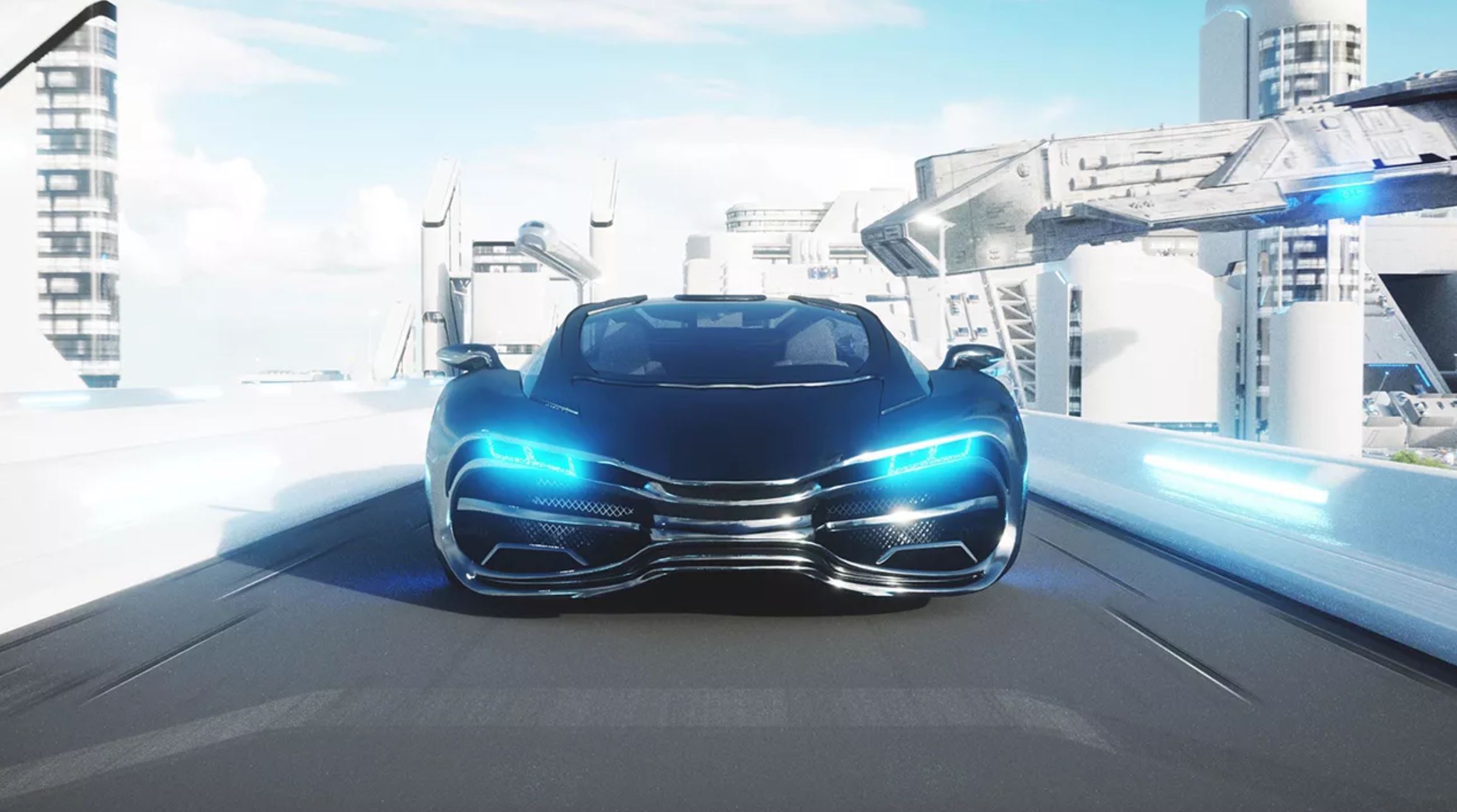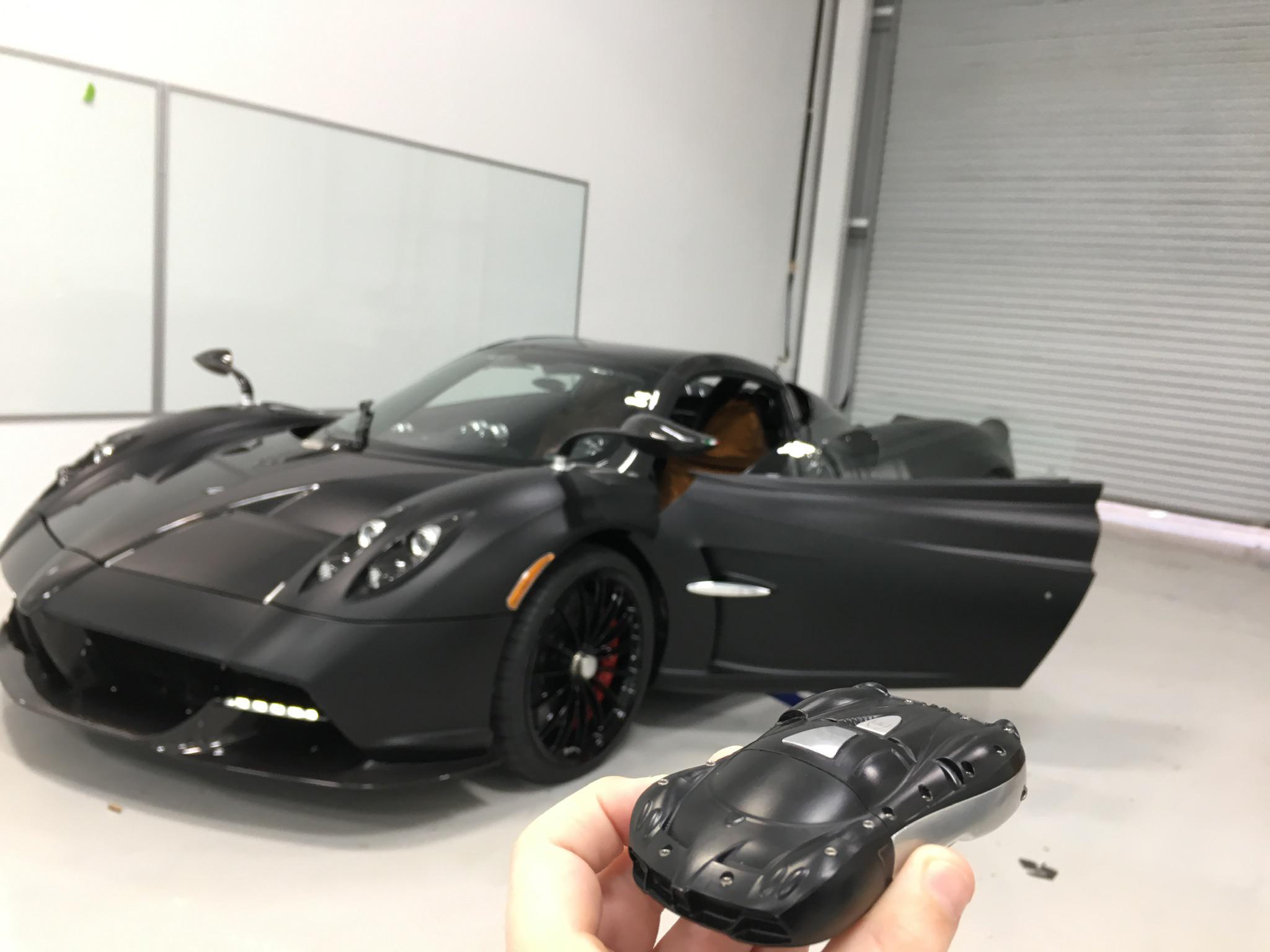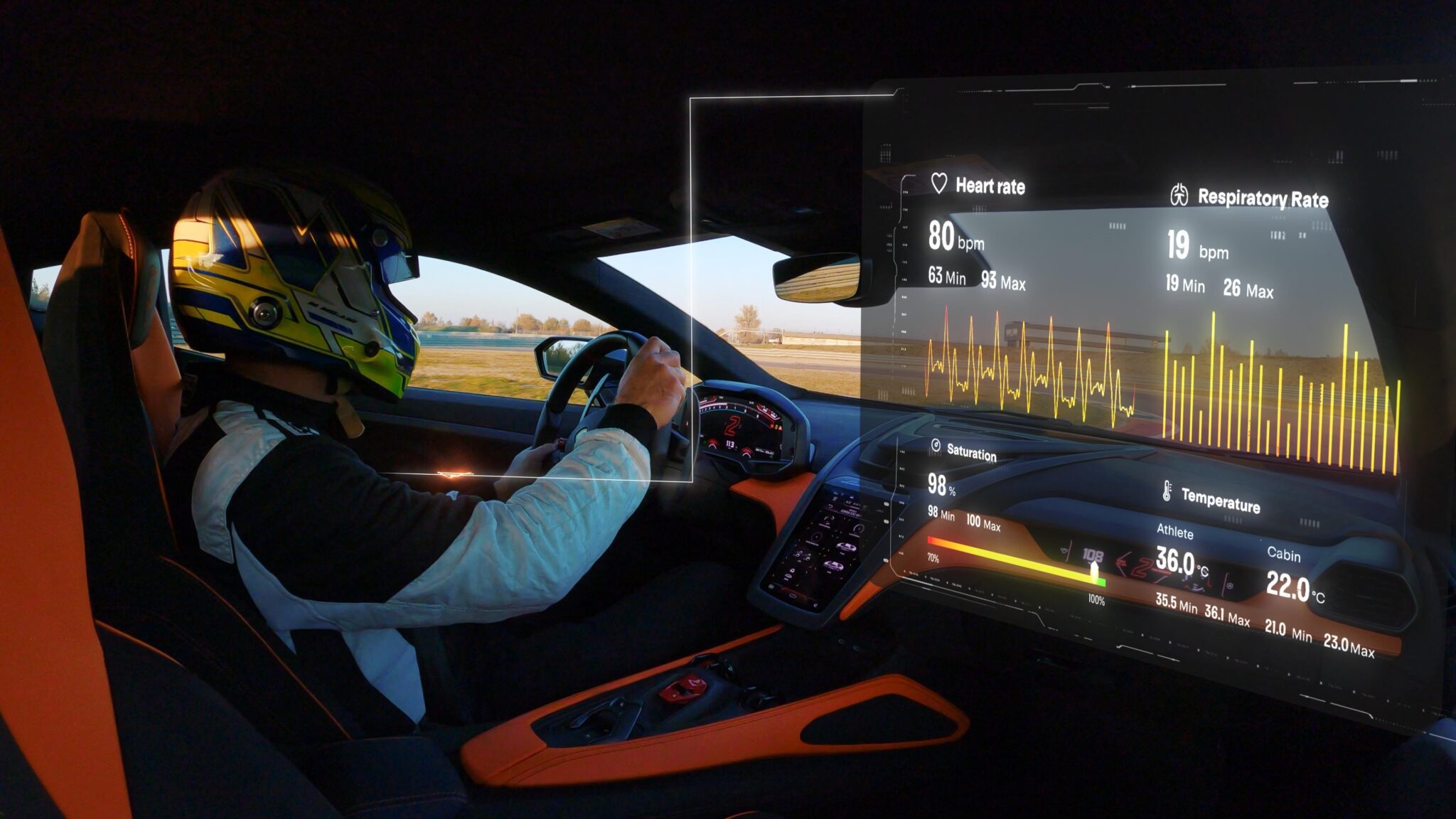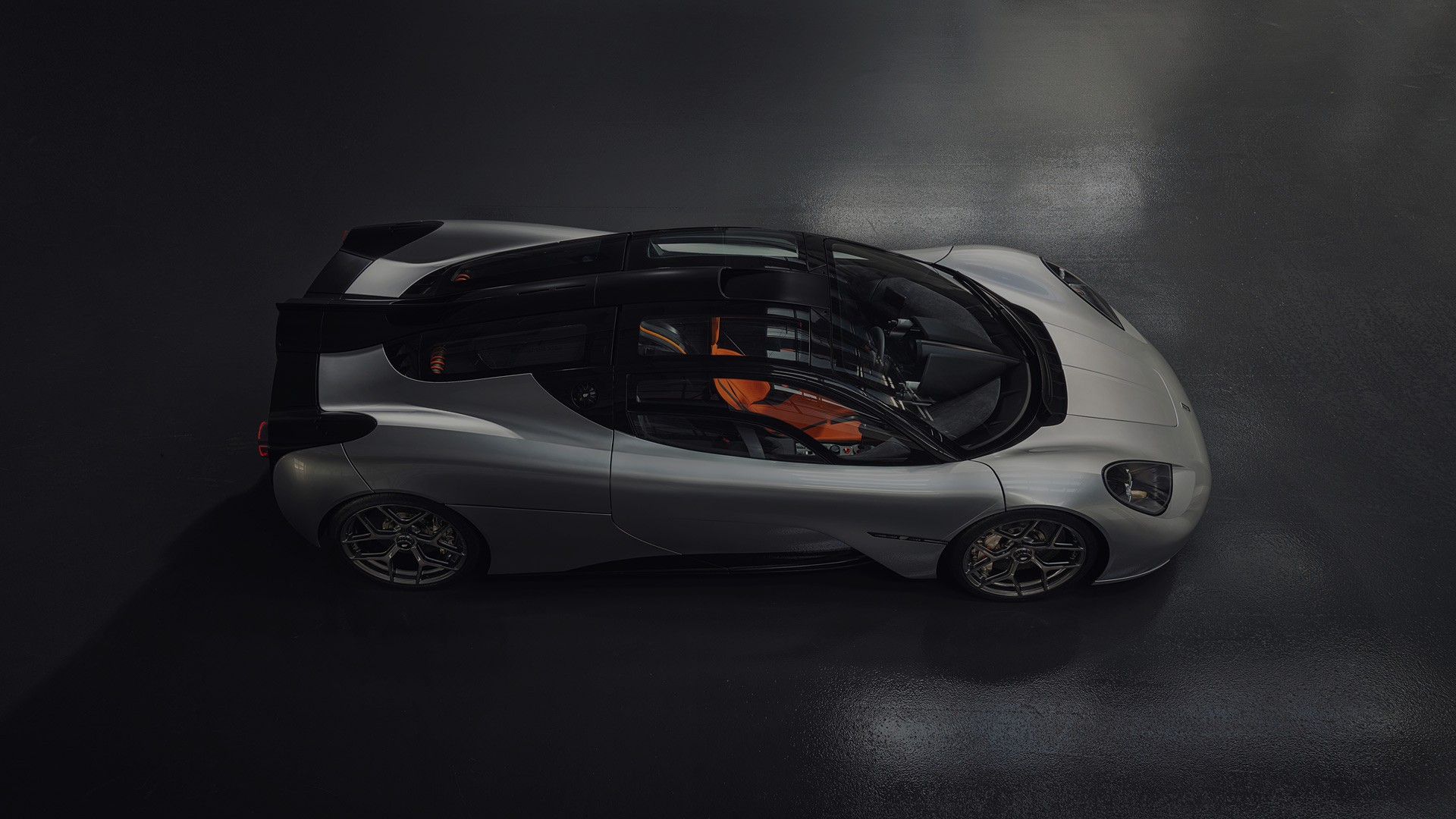Supercars used to be all about raw power, big engines, and ear-splitting noise. But the latest generation is just as much about computers as combustion. Every modern hypercar is packed with sensors, processors, and software that make them faster, sharper, and safer than ever before.
That same cutting-edge tech, though, has a downside. The smarter these cars get, the more connected they become, and the more doors they open for hackers or digital troublemakers. It’s the modern trade-off of the automotive world: power meets programming.
The Brain Behind the Beauty
Pop the hood on something like a Ferrari SF90 or McLaren 750S and you’ll find a network of mini-computers talking to each other thousands of times a second. They control torque distribution, steering input, gear changes, and even how your spoiler adjusts mid-corner. It’s like having a full-time race engineer living inside your car.
But every one of those systems depends on software and communication networks. Bluetooth, Wi-Fi, and cellular data make these machines more connected than ever, and every new connection is another potential entry point. There’s also a multi-trillion-dollar cybercrime industry constantly looking for new ways to cause chaos online, and the motor industry has started to catch its attention.
Active Aero and Drive-by-Wire Steering
Today’s active aerodynamic systems are works of art. They move flaps, spoilers, and vents automatically to keep the car balanced, adjusting to every input and every turn. The same goes for drive-by-wire steering, which uses electronics instead of mechanical linkages.
All that precision makes the car faster and safer, but it also depends on accurate data. If someone were to feed the system bad information or interfere with its software, even tiny changes in how a wing deploys or how much steering assist you get could upset the balance of the car at speed. It’s the kind of thing that could make even Gone in 60 Seconds’ Memphis Raines think twice before grabbing the keys.
Torque Vectoring and Smart Differentials
Torque vectoring systems are one of the most impressive features in any modern performance car. They constantly adjust how power is sent to each wheel, helping you corner harder and launch quicker. The difference is something you can feel instantly behind the wheel.
But again, it’s all run by software. If someone could interfere with the wheel-speed sensors or the data going to the system, it might send power to the wrong place at the wrong time. A sudden change in torque delivery mid-corner could easily throw a car off balance.
Adaptive Suspension and Sensors Everywhere
Adaptive suspension systems read the road ahead using cameras, radar, and other sensors to predict what’s coming and adjust damping in milliseconds. The result is incredible control and comfort, whether you’re on a racetrack or a rough back road.
If those sensors were tricked or disrupted, the system could misread the road and make the wrong call. A pothole might not register in time, or the suspension could soften when it needs to stiffen. It’s rare, but it shows how much modern performance depends on accurate, trusted data.
Infotainment and Apps
The tech that connects your car to your phone is usually where the real risks begin. Most supercars today have companion apps that let you preheat the cabin, check tire pressures, or unlock the doors remotely. It’s all incredibly convenient, but if those apps aren’t properly secured, they can be a hacker’s easiest entry point.
Even everyday features like Apple CarPlay, Android Auto, and voice assistants add complexity. A malicious app or a weak Bluetooth connection could, in theory, open the door to deeper systems in the car. Some researchers have already demonstrated “ransomware” attacks that lock vehicle features until a payment is made. Sounds far-fetched, but as cars become more dependent on cloud software, it’s not impossible.
CAN Bus and ECU Access
Every car has a nervous system called the CAN bus, which connects critical systems like the engine, brakes, and stability control. Modern cars sometimes link this network with cellular or telematics systems, which can make it easier for automakers to push updates or diagnostics.
The problem is that once someone gains access to the network, they can send commands to the car’s control units. Most automakers lock this down tightly, but cheap aftermarket gadgets or unsecured diagnostic tools can reopen those doors.
Over-the-Air Updates and Supplier Risks
Over-the-air updates are one of the best things to happen to modern cars. They make it possible to patch security issues and add features without a dealer visit. But those same update pipelines have to be perfectly secure. If someone compromised the system that sends updates, they could theoretically send fake ones instead.
Modern cars also rely on complex software supply chains. Dozens of vendors provide the code for different systems. If a single piece of that code is compromised before it’s installed, the issue could spread to every car using it.
V2X and Cloud Data
Vehicle-to-everything, or V2X, communication is the next big step. Cars will be able to talk to each other and to traffic lights, warning drivers about dangers ahead or adjusting routes automatically. It sounds like something out of Minority Report, but it’s already being tested in Canada and Europe.
That kind of connectivity will make driving smoother and safer, but it also comes with risk. Any network that transmits real-time data can be intercepted or faked. False signals could, in theory, trick a car into slowing down, changing routes, or sharing data it shouldn’t. Even the telemetry that manufacturers collect to improve performance could reveal driver locations or habits if not properly protected.
Staying Safe Without Losing the Fun
You don’t have to turn your car into a tinfoil fortress to stay safe. A few simple habits go a long way.
Keep Your Phone Locked Down
Your phone is often the gateway to your car. Use strong passwords, biometric logins, and two-factor authentication on car apps. Don’t download random apps that ask for full access to your location or contacts.
Secure Your Connections
Whenever you use in-car Wi-Fi or upload anything, feel free to connect to VPN service to keep your network traffic private. A VPN adds an extra layer of protection when you’re connecting through public or event Wi-Fi.
Protect Your Key Fob
Store it in a signal-blocking pouch when you’re home to prevent relay thefts. It’s a simple fix for one of the most common modern crimes.
Update Everything
When your car notifies you about a software update, install it. Those patches aren’t just for performance; they often include security fixes too.
Ask Questions
Brands like Porsche, Tesla, and BMW are already treating cybersecurity as a design feature. As a customer, it’s fair to ask how they handle data and whether they have programs to reward researchers who find vulnerabilities.
The New Definition of Mastery
Supercars have always pushed the limits of technology. Now, that technology goes far beyond the engine. Today’s hypercars are equal parts hardware and software, and owning one means taking care of both.
Cars are only going to get smarter from here. They’ll use artificial intelligence, communicate with each other, and learn from every mile you drive. That’s exciting for performance enthusiasts, but it also makes security part of the ownership experience.
Keep your car updated, keep your data private, and stay aware of what’s connected to your ride. That way, the only thing that ever gets stolen is the spotlight when you roll up in your supercar, not the car itself.


